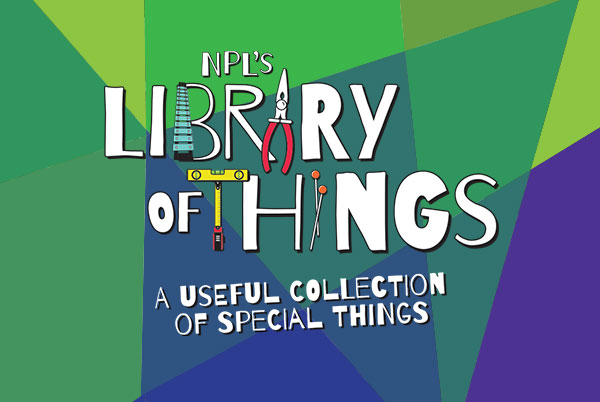
Be prepared to alter your point of view in order to enjoy all that this book has to offer. It’s written in the voice of the Confederate South, and so terms like “Lincoln’s War” (instead of the Civil War) abound. It is actually refreshing—if somewhat challenging—to view history from a perspective other than that which we used during our formal school educations. That said, this book abounds and superabounds with interesting historical information and “troubling incidents” that describe not only the haunted nature of the Carnton Plantation but also the surrounding area of Franklin, Tennessee, and its battlefields and local historical landmarks. I believe that, for local flavor, this book surpasses most others in our collection, maybe running neck-and-neck with An American Haunting, the story of the Bell Witch.
This book has a number of interesting features, not least among them a “Ghostly Glossary” that explains different kinds of apparitions and helps the reader distinguish between a “banshee” and a “bogey.” “Gray Ladies” are the spirits of women who died tragic, painful deaths. They’re often seen wearing gray clothing, hence their name. A “wraith” is the ghost of a living person, often—though not always—witnessed just prior to his or her death. Another feature of the book is a very descriptive and informative genealogy of the author himself, Mr. Lochlain Seabrook. The number of friends and relatives listed as blue-blooded Southern stock, as well as scores of Confederate soldiers and heroes, assures the reader of a rich history standing behind this book’s rebel narrator. The book also contains a lengthy bibliography and alphabetical index.
The book’s greatest feature, though, and the one that makes the reader fly through the pages, is the catalog of stories attesting to the appearance or visitation of ghosts, from the Lady in White to the appearance of orbs of light to the headless corpse of a murdered slave. The book’s plenitude of photographs and appendices contribute much to the reader’s being able to take this information and store it in that vault of the intellect labeled “Belief.”




